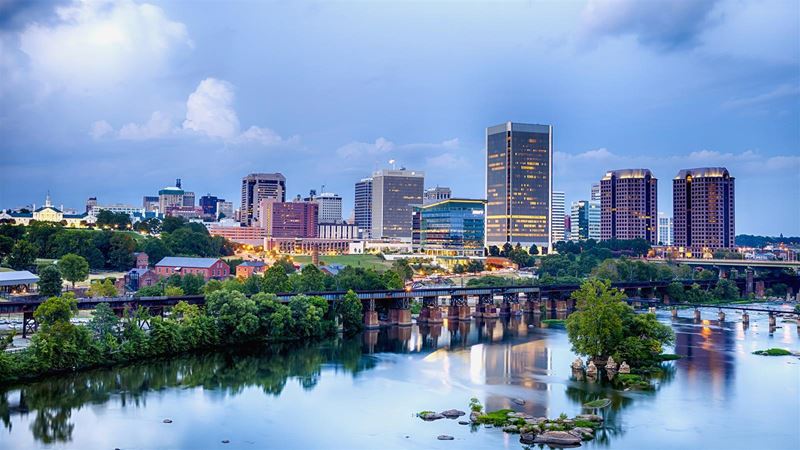How are environmental crises influencing strategies for sustainable water management?
Dan Rodrigo, One Water practice leader, offers invaluable insights into how environmental crises like the Colorado River drought are reshaping strategies for sustainable water management. In this conversation, he takes us through the complexities of climate change, population growth, and technological advancements crucial for securing water resources in the face of future challenges.
How can communities, regions, and municipalities effectively evaluate their choices amid uncertainties surrounding water scarcity, climate change, and population growth?
As we anticipate longer and more frequent droughts, opportunities like strong atmospheric rivers become crucial. To effectively harness these intense weather events, we must develop faster methods of water storage and improve strategies for groundwater recharge during these periods of high-water intensity.
Could you explain the concept of 'one water' planning and how it addresses challenges related to water scarcity, climate change, and population growth?
One Water means looking at the entire water cycle, both the actual natural cycle and the man-made cycle in terms of infrastructure. It examines water, wastewater, and stormwater as a more interconnected system. And by doing that, we uncover a lot more opportunities.
Historically, these systems have been managed in silos. But by breaking down some of these barriers, and having these different agencies work together, we can uncover different ways to optimize that system.
Many states are moving forward with indirect or direct potable reuse that allows purified wastewater to be used as a drinking water source.
In addition, One Water's premise is to take more of a watershed approach and bring in multiple partners, NGOs, state regulators, and other stakeholders.
How do you help communities assess the long-term benefit of implementing opportunities like potable reuse and desalination?
The first step is to assess future needs through scenario planning. Scenario planning helps us project future water demands and challenges. We use these projections to establish what infrastructure and technologies will be necessary to meet future water needs effectively.
We evaluate the "no project alternative", which quantifies the impacts and costs of potential water shortages. This assessment includes determining the economic losses to commercial and industrial activities due to unreliable water supply using technology.
Another method involves contingent valuation surveys with residential customers. These surveys gauge how much households would be willing to pay to avoid water shortages, helping us assign monetary value to quality-of-life impacts.
We quantify these impacts on a per-unit basis and compare them with the costs of alternative water supply options. In some cases, such as in California, we've found that even technologies like desalination can be more cost-effective than the economic impacts of unreliable water supply.
This economic evaluation is crucial for utilities to justify and prioritize water infrastructure projects. It helps garner public support necessary for funding through mechanisms like rate increases or securing grants to fund improvements needed to ensure a reliable water supply in the future.
Are there any communities that have excelled in assessing their future risks?
Austin, Texas is a prime example of applying the One Water approach effectively. They engaged stakeholders by forming a mayor and City Council-appointed steering committee, which oversaw the consultant selection and project implementation. Austin also prioritized extensive public outreach through workshops, ensuring broad community involvement and support for planning recommendations.
Moreover, Austin's proactive approach included assessing various climate change scenarios and modeling future water needs. They embraced adaptive management, continuously refining projects based on real-world outcomes, now advancing into the third iteration of their planning process.
Having different agencies work together, we can uncover different ways to optimize the system so we can use stormwater as a way to recharge groundwater
What advice would you offer for starting a One Water plan?
When starting a One Water plan, ensure a comprehensive assessment of your needs and be prepared to defend your approach. Additionally, engage stakeholders actively and persistently, regardless of their initial reactions in the early stages. Our project experiences show that meaningful stakeholder involvement leads to successful project implementation.
Dan Rodrigo, One Water practice leader at CDM Smith, specializes in integrated water resources planning, decision science, and climate risk and resiliency. He uses specialized computer tools and scenario planning to help garner stakeholder consensus and develop water plans with adaptive management strategies. Plans led by Dan and CDM Smith’s One Water experts have garnered public support for over $15 billion of water resources investments in North America and abroad.

We must figure out quicker ways to store water from atmospheric rivers because it's coming with such great intensity. We're going to need to figure out better ways to get that water into the ground.





